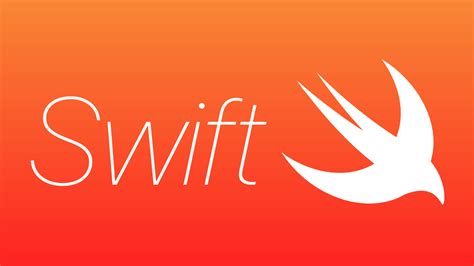In the world of programming languages, Swift emerges as a captivating enigma, teasing both developers and critics alike with its potential for web development. The discussions surrounding Swift’s server-side capabilities reveal a dynamic landscape of opinions and experiences. From concerns about Apple’s commitment to open-source ventures to the intricacies of managing memory leaks in Swift, the narrative unfolds a compelling tale of both innovation and stagnation.
One intriguing aspect highlighted in the comments is the divergence in perceptions regarding Swift’s Linux support. While some express disappointment in Apple’s limited efforts to expand Swift’s reach beyond its ecosystem, others see an opportunity for community-driven growth. The emphasis on the importance of open-source collaboration underscores the vitality of nurturing a vibrant developer community around Swift. The ongoing evolution of Swift’s Foundation framework exemplifies a step towards enhancing cross-platform compatibility and opening new avenues for adoption.
The article’s exploration of benchmarking Swift for web-serving tasks unravels a broader discourse on the intricacies of performance evaluation. User feedback delves into the nuances of benchmark validity, shedding light on the complexities of assessing language efficiency in real-world scenarios. The comparative analysis with other languages like Node.js, PHP, and Java unveils a spectrum of considerations, ranging from memory handling challenges to the significance of specific functionalities in web service operations.
Despite the evolving landscape of server-side technologies, Swift’s journey as a web development language remains a tale of resilience and adaptation. The intersection of Swift with frameworks like SwiftUI and Vapor sparks conversations on the language’s trajectory towards a more mature and versatile ecosystem. The interplay between language features, performance benchmarks, and community engagement forms a tapestry of possibilities for Swift in the web development domain.
Additionally, the juxtaposition of Swift with established languages like Go, Rust, and C++ prompts reflections on the diverse needs and preferences of developers in selecting tools for backend services. The considerations of type safety, performance optimization, and ecosystem support underscore the multi-faceted decision-making process in choosing a language for server-side projects. The echoes of experiences with Java, Kotlin, and Dart further enrich the narrative, revealing a tapestry of technological choices and personal inclinations in the realm of backend development.
As the realm of web development continues to evolve, the discourse around Swift’s role in the server-side landscape offers a compelling narrative of challenges, opportunities, and aspirations. The fusion of user experiences, technical insights, and industry perspectives paints a vivid picture of Swift’s odyssey in the web serving domain. From memory management intricacies to benchmarking dilemmas, each comment unravels a thread in the fabric of Swift’s journey towards establishing a firm footing in the diverse realm of backend services.
Through the lens of user feedback, Swift’s evolution from a client-centric language to a prospective contender in server-side functionalities comes to life as a narrative of growth and adaptation. The interplay of language features, community collaboration, and performance considerations weaves a tapestry of possibilities for Swift enthusiasts and skeptics alike. As the digital landscape continues to shift, the trajectory of Swift in web development stands as a testament to the intricate dance of innovation, pragmatism, and community stewardship.
In conclusion, the evolution of Swift as a viable option for backend services encapsulates a narrative rich in contrasts and complexities. From the allure of a typed language for web development to the pitfalls of memory management challenges, Swift’s journey unfolds as a compelling narrative of aspiration, resilience, and evolution. The diverse array of user perspectives interwoven with technical insights and industry observations crafts a nuanced tale of a language striving to carve its niche in the ever-evolving realm of server-side technologies.


Leave a Reply